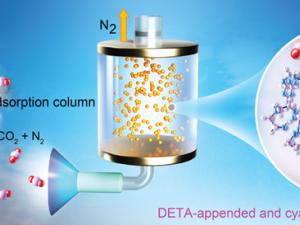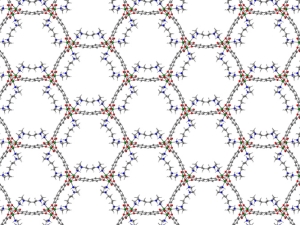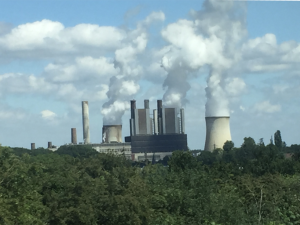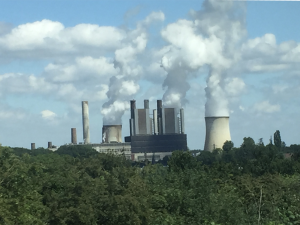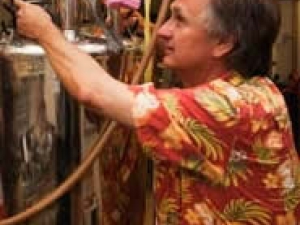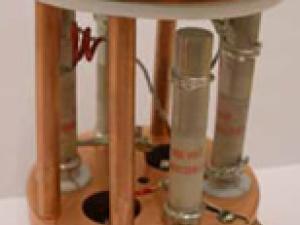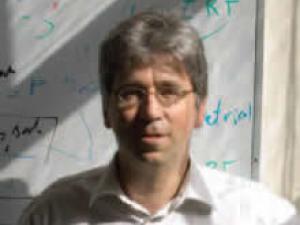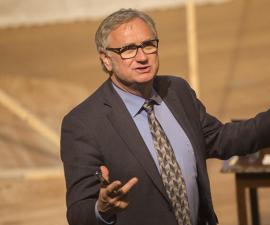

Research Bio
The goal of Professor Reimer’s research is to generate new knowledge that will deliver environmental protection, human sustainability, and fundamental scientific insights via materials chemistry, physics, and engineering. He seeks to prepare researchers that will go on to become leaders in industry, academia, and government. His group is comprised of experimentalists that use many different tools for their research, yet retain special expertise and interest in magnetic resonance (MR) spectroscopy and imaging. Professor Reimer’s most recent scholarly works span a range of materials studies, including the structure and proprieties of metal organic frameworks for carbon capture and electrical and optical control of nuclear polarization in semiconductors.
Research Expertise and Interest
materials chemistry, chemical engineering, magnetic resonance (MR) spectroscopy, nanostructures, spin
In the News
A Simple, Cheap Material for Carbon Capture, Perhaps From Tailpipes
New technique to capture CO2 could reduce power plant greenhouse gases
New research shows hydrological limits in carbon capture and storage
New material design tops carbon-capture from wet flue gases
Chemical engineers use lasers to put new spin on computing
Researchers at UC Berkeley and the City College of New York are using lasers to control the spin state of semiconductor materials, a development that could lead to the creation of even faster and smaller electronic devices. The researchers hope to see spintronics move beyond memory devices to the logic circuits that are the heart of modern computers.
Rewriting quantum chips with a beam of light
The promise of ultrafast quantum computing has moved a step closer to reality with a technique to create rewritable computer chips using a beam of light. College of Chemistry professor Jeffrey Reimer and researchers from The City College of New York used light to control the spin of an atom’s nucleus in order to encode information.
Capturing carbon
Researchers at Berkeley and other universities to find ways to capture carbon dioxide, produced by burning coal and natural gas, from the waste stream of power plants so that it can be sequestered underground.

